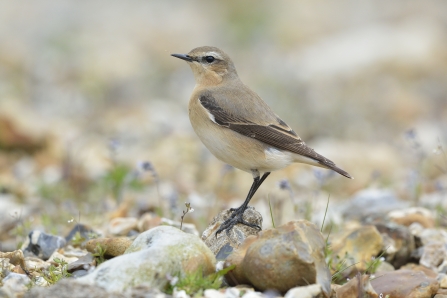There's an air of urgency, each bird eager to claim the best territory or find the best mate, so most spring migrants rarely pause in one place for long until they've reached their final destination.
Spring sees the return of many of our summer visitors, birds that breed in the UK but winter in southern Europe, Africa or even further afield. Many of these are insect-eaters that can't find enough food here in winter. They can appear as early as March, with wheatears, chiffchaffs, sand martins and ring ouzels often the first to arrive.


